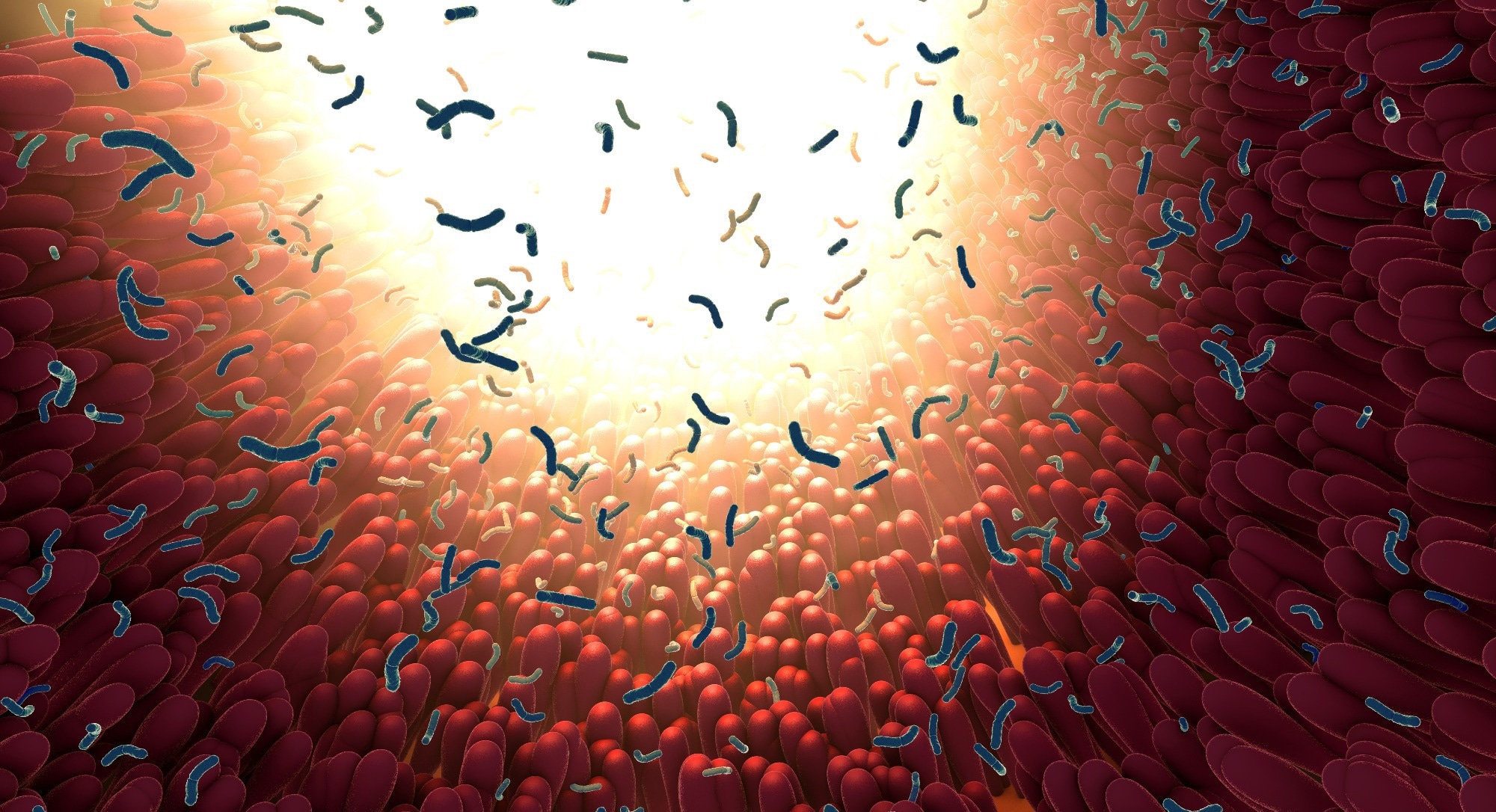By analyzing co-abundance networks in 938 healthy adults, scientists discovered how lifestyle factors subtly rewire bacterial relationships in the gut, offering a more powerful way to predict health traits than abundance-based…

By analyzing co-abundance networks in 938 healthy adults, scientists discovered how lifestyle factors subtly rewire bacterial relationships in the gut, offering a more powerful way to predict health traits than abundance-based…